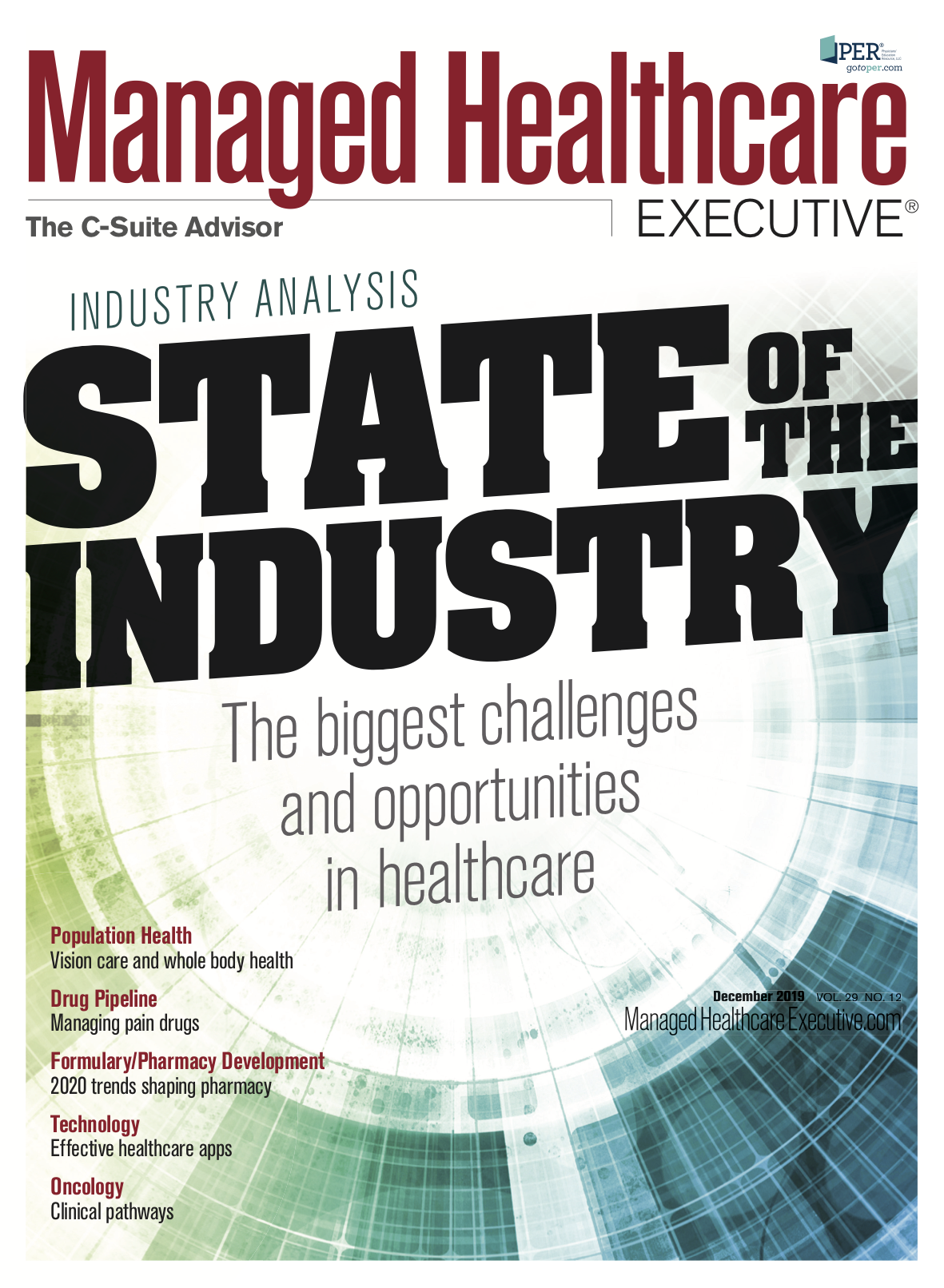Managing Pain Drugs Requires a Delicate Balance
Pain management drugs in phase 3 development show promise as abuse-deterrent formulations of opioid therapies.

Michelle Krichbaum

Pain management has become a trending topic, especially as the opioid crisis has reached epidemic proportions. According to a recent CDC report, 67.8% of drug overdose deaths that occurred in 2017 in the United States involved opioids. There are currently about 5 million to 8 million Americans with chronic pain who are receiving opioid therapy. Balancing treatment options as well as preventing prescription drug abuse can be challenging. Chronic pain can lead to increased healthcare costs and loss of productivity. This article will discuss pain management drugs that are in phase 3 development as well as the financial impact of these medications and potential alternatives to opioid therapies.
Pain management drugs on the horizon
One first-in-class opioid analgesic studied by Nektar, NKTR-181, has received fast-track designation by the FDA for the treatment of moderate-to-severe pain. This drug is expected to have low permeability across the blood-brain barrier, which should result in less abuse potential. The new drug application (NDA) has been filed with the FDA; however, approval may be delayed as the benefit-risk of new opioid medications is being carefully evaluated based on new guidance from the FDA.
The SUMMIT-07 study evaluated the efficacy, safety, and tolerability of NKTR-181 in more than 600 patients with chronic low back pain (CLBP), and it demonstrated that NKTR-181 was effective, as it resulted in an average pain score reduction of over 65% during the dose titration period. Additionally, NKTR-181 had a favorable safety profile and was well tolerated.
The SUMMIT-LTS study examined the long-term safety and tolerability of NKTR-181 in 638 patients with moderate-to-severe CLBP or chronic noncancer pain over 52 weeks of treatment, which revealed that pain intensity decreased from baseline. The most common adverse effects were constipation and nausea, with no deaths reported.
Related: CCA Shows Success in Managing Members’ Pain and Opioid Use
“As opioids are still a mainstay of pain management despite the abuse concerns, abuse deterrent formulations [ADFs] have been entering the market at a rapid pace,” says Michelle Krichbaum, PharmD, assistant professor, pharmacy practice, pain management specialist, Memorial Primary Care, Dania Beach, Florida. One study showed that over a five-year time period, using ADF opioids prevented an additional 2,300 new cases of opioid abuse but resulted in approximately $535 million in healthcare costs.
Centrexion Therapeutics is studying CNTX-4975 for the treatment of moderate-to-severe pain for osteoarthritis (OA), which was granted fast-track designation by the FDA in January 2018. CNTX-4975 is a trans-capsaicin injection that targets the TRPV1 receptor that selectively inactivates the local pain fibers. There are currently two ongoing phase 3 studies examining CNTX-4975 for OA. Victory-1 is expected to be completed in 2020, and it is a placebo-controlled, single-injection, 52-week study evaluating the efficacy and safety of CNTX-4975 in patients with chronic, moderate-to-severe OA knee pain. Victory-2 is a randomized double-blind, placebo-controlled, two-injection, 52-week study evaluating the efficacy and safety of repeat doses of CNTX-4975 for OA knee pain, with an estimated completion date of 2020.
AcelRx Pharmaceuticals, Inc. is studying Zalviso for moderate-to-severe acute pain in the hospital setting as a novel approach to patient controlled analgesia (PCA). Zalviso is a noninvasive sublingual dosage form that is delivered through a novel hand-held, pre-programmed, PCA system that could be an alternative to intravenous PCA. The FDA previously rejected the NDA for Zalviso citing concerns over system errors. One recent phase 3 study evaluated the overall performance of the Zalviso system in 320 hospitalized, postoperative patients, revealing a device-dispense failure rate of 2.2%, which is a significant improvement over previous clinical trials.
Clinical pearls for clinicians
With future opioid therapies on the horizon, it is important for healthcare professionals to monitor for prescription drug abuse. Krichbaum discussed that prescription drug monitoring programs can be a useful tool, but they may not paint a complete picture. “One of the ways I believe practitioners can make an impact is through the use of validated questionnaires to help better identify patients who may be at higher risk,” Krichbaum says. She explains that the Opioid Compliance Checklist is a promising five-item, self-reported questionnaire to help monitor patients as well as identify possible prescription drug abuse behavior.
Jennifer Gershman, PharmD, CPh, is a pharmacist and medical writer residing in South Florida.

David Calabrese of OptumRx Talks New Role, Market Insulin Prices and Other Topics 'On His Mind'
April 13th 2023In this month’s episode of the "What's On Your Mind podcast," Peter Wehrwein, managing editor of MHE connects with the now Chief Clinical Officer of OptumRx Integrated Pharmacies, David Calabrese. In this conversation, David touches on his transition in January as OptumRx’s former chief pharmacy officer and market president of health plans and PBMs to his new role as Chief Clinical Officer where he now focuses more on things such as specialty pharmacy to home delivery — with an overall goal of creating whole-patient care. Throughout the conversation, Calabrese also touched on the market’s hot topic of insulin prices and behavioral health services within the OptumRx community, among other topics.
Listen
Briana Contreras, editor of Managed Healthcare Executive, spoke with Nancy Lurker, CEO and president of EyePoint Pharmaceuticals. Nancy shared a bit about EyePoint and how the organization’s innovative therapies are addressing patient needs through eye care, and most importantly, she addressed C-Suite positions like the CEO role. Nancy shared advice for those seeking to reach the CEO level, especially toward women in healthcare and other roles, and what it takes to run a biopharma company.
Listen
Upended: Can PBM Transparency Succeed?
March 6th 2024Simmering tensions in the pharmacy benefit management (PBM) industry have turned into fault lines. The PBMs challenging the "big three" have formed a trade association. Purchaser coalitions want change. The head of the industry's trade group says inherent marketplace friction has spilled over into political friction.
Read More
Florida Gets the OK. But Will Drug Importation from Canada Actually Happen?
March 5th 2024Canadian health officials warn that maintaining a drug supply for Canadians is their priority. The staunch opposition of the U.S. pharmaceutical industry may also be an obstacle to imports from north of the border.
Read More